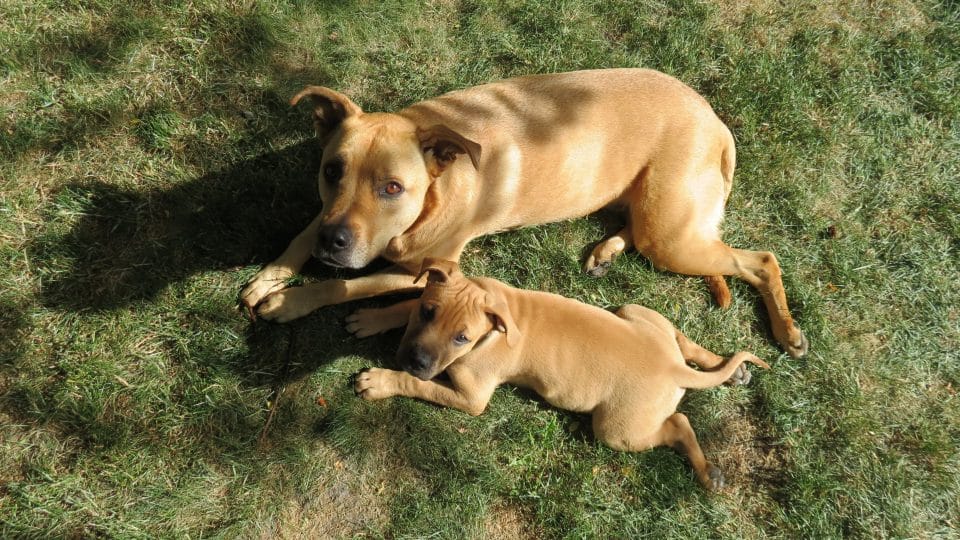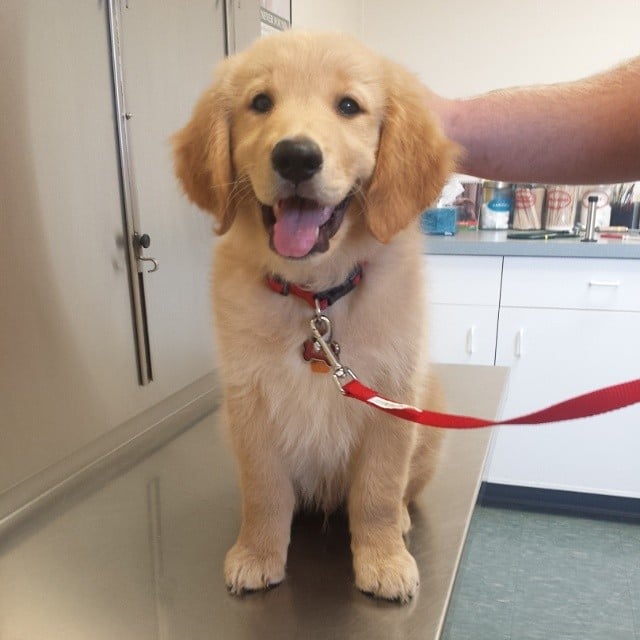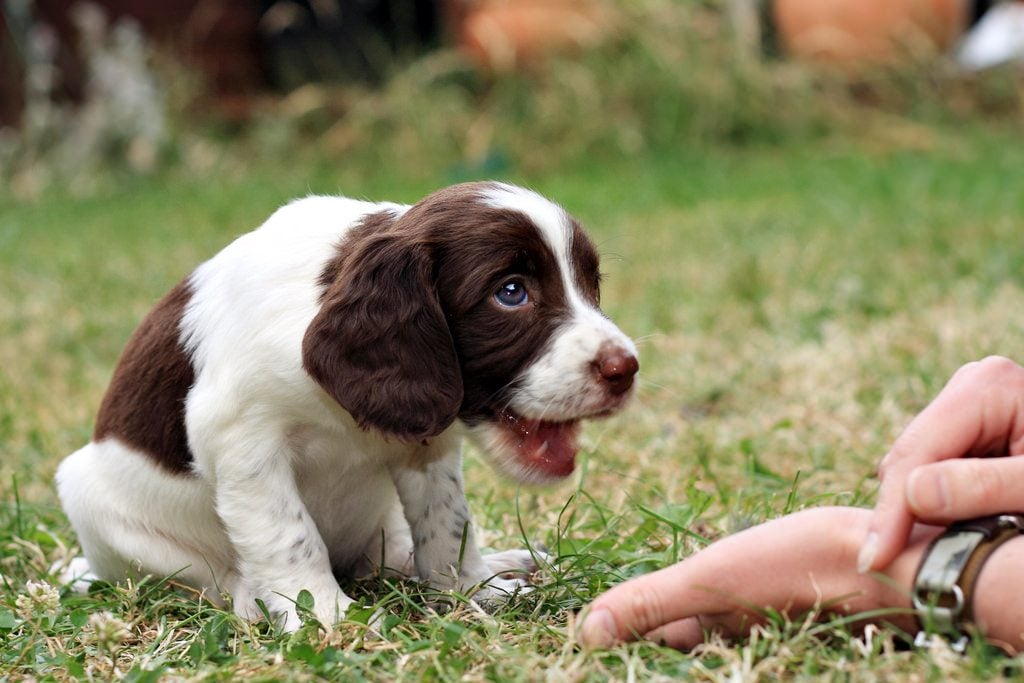Adopting a new puppy is an exciting time for pet parents! If you have an older dog at home, you might be wondering how to introduce the new family member to them. Puppies don’t yet understand the ‘dog world’ as your older dog does. But, with some preparation, you can make the meeting a success. Here’s how to introduce your new puppy to your older dog.
Before the Introduction
Before you bring your new puppy home:
- Put away your older dog’s favourite chews and toys, to avoid territorial behaviour
- Create spaces in your home where both dogs can get away from the other
- Purchase separate food dishes to prevent possessive aggression
- Ensure both dogs are up-to-date on their vaccinations
During the Introduction
Your older dog considers your house his house. In order to prevent territorial aggression, find a neutral area to introduce the new puppy to your older dog. Put both pets on a lead, held by two different people. However, let them sniff and meet each other; there’s no need to hold them tightly to your side. You don’t want them to feel restricted.
The initial introduction should be relatively quick.
Stay calm throughout. Your dog can sense tension within you and is more likely to be stressed if you are. Your dog will take your emotions into consideration throughout the introduction. He looks to you to understand how he should react to a situation.
See it in action here!
Entering Your Home
For the first week or two, the older dog and puppy should be continuously monitored to ensure the dogs are comfortable with one another. Follow your older dog’s regular routine. Begin establishing a routine for the puppy as well, to provide the necessary structure.
Watching your dogs’ body language for the first few weeks will help you gauge how they’re reacting to one another. If the puppy is young, he may not understand the body language of the adult dog very well. For instance, the puppy will likely want to engage in playtime even if the older dog is showing signs of discomfort.
What body language should you watch out for?
- Raised fur on the back of the neck/back (hackles)
- Prolonged stares
- Growling
- Snarling
- Display of teeth
- Hunched back
What Not to Do
What’s off limits when introducing your new puppy to your older dog?
- Do not allow the older dog to bully the puppy
- Do not, ever, allow the two dogs to fight
- Do not hold the puppy in your arms during the introduction
- Do not force them to be together
- Do not allow them to share a crate. Purchase a new crate for the puppy so both dogs have their own space.
What to Do Instead
- Do allow them to get used to one another at their own pace
- Do introduce them in a neutral area
- Do allow them to escape to their crate if desired
- Do feed them in separate areas
- Do spend quality time with them separately
- Do allow them to interact positively if desired
- Do allow them to play with supervision
- Do supervise them at all times for the first several weeks
The Takeaway
Following the steps above will result in an easier transition for both the puppy and the older dog. They’re both likely to feel more comfortable with one another and become ‘friends’ faster if you help them get to know each other comfortably. A peaceful home is good for everyone—human and canine alike.





